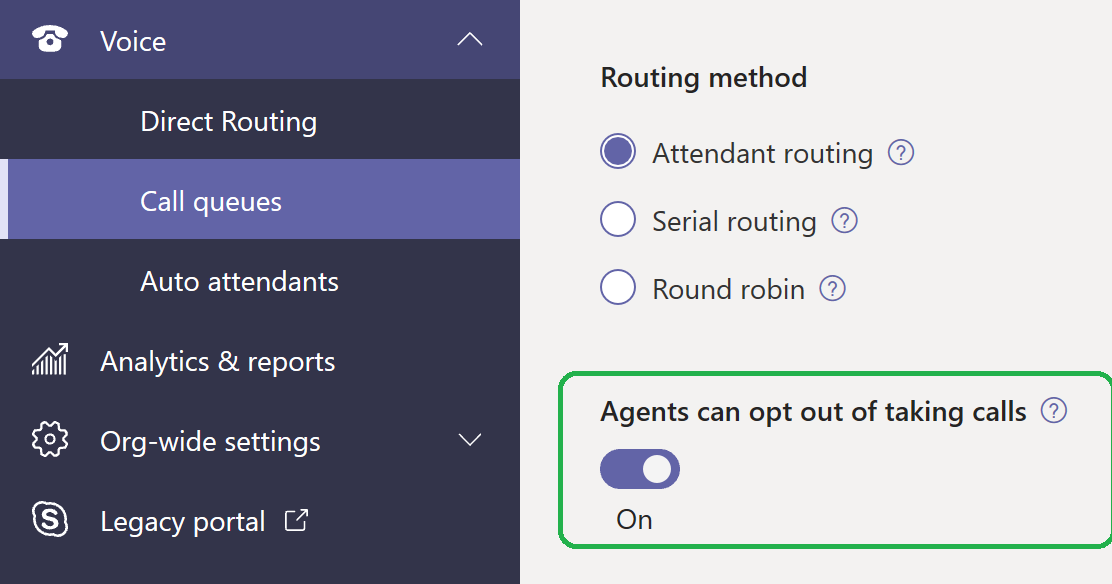

#Call queue how to
Now you know what types of agent lists you can have and how to configure them. No matter in which way the agents are added, in the end, all EV enabled agents will always be stored in one single array on the queue’s properties in the “Agents” attribute. What’s interesting is that even though the direct assignments were removed, the queue remembered the specific order we defined using direct assignments before. ObjectId OptIn - fa19b242-8bae-419d-a4eb-xxxxxxxxxxxx True That's Wendy's Object Id 9a7c1bb4-49db-40ee-9d05-xxxxxxxxxxxx True That's Mike's Object Id I’ve also removed the direct assignments, that’s why we only see two object Ids now. (I hope Microsoft updates the column name at some point…).Īs expected, the object Id of bill does not show up when we check $cq.Agents. You might think that the “Phone System” Column in Teams Users will tell you that but that’s actually just evaluating if the user is licensed for Teams Phone Standard. Unfortunately, there’s no straightforward way of checking if EV is enabled in TAC.
#Call queue license
Having a Teams Phone Standard license is not enough.

In order for a user to be added as an agent, Enterprise Voice must be enabled. From an agent list perspective this method is the same as a group-based assignment, except that you can’t add individual members or multiple groups as well. Private or shared channels are not supported. In this case, the group type obviously needs to be a Team. The third and last option is to use a Teams Channel. ObjectId OptIn - fa19b242-8bae-419d-a4eb-xxxxxxxxxxxx True This is Wendy's Object Id 76606d0b-4d28-4246-9c08-xxxxxxxxxxxx True This is Bobby's Object Id 9a7c1bb4-49db-40ee-9d05-xxxxxxxxxxxx True This is Mike's Object Id When we query the agent list again, we can see that Wendy is on top now, even though she would be added last if we’re using just a group. You can add up to 20 agents individually.
#Call queue serial
Since you can’t control the order agents will be added in when using a group or channel based agent list, direct assignments are crucial when your queue is using serial routing. This method is suitable for small teams because you can see who’s in the queue in TAC without checking the group members in M365 Admin or AAD.

Users are assigned by display name and will be visible directly in a queue’s settings. There are three (or four, depending how you look at it) different ways of adding Agents to a queue We’ll also explore some useful tips how to cope with unexpected behavior during configuration. In this post, we’ll take a look at the types of agent lists which are available and how to configure them. Incoming Teams or PSTN calls are then distributed to the call queue’s agents. Every call queue stores its own “Agent List” which is basically just an array of Microsoft 365 users object Ids. The purpose of a call queue in Teams is to distribute incoming calls to multiple call agents. Microsoft Teams Call Queue Agent Lists (And how to Force-Sync them)


 0 kommentar(er)
0 kommentar(er)
